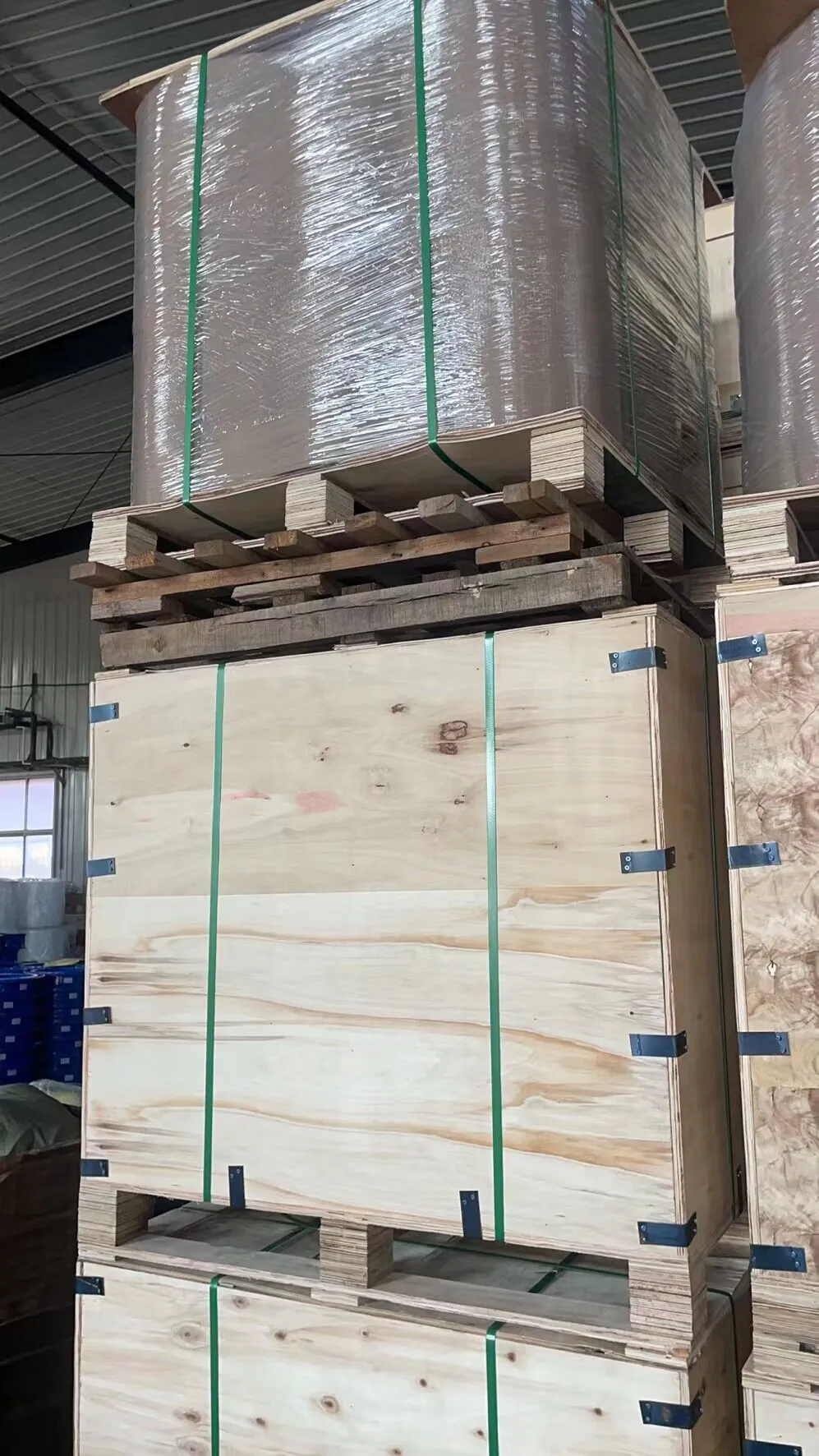Exploring the Benefits of 50mm Butterfly Valve in Various Applications
The Importance and Versatility of the 50mm Butterfly Valve
In the realm of fluid control systems, valves play a crucial role in managing the flow of liquids and gases. One type that has gained popularity for its efficiency and functionality is the butterfly valve, particularly the 50mm butterfly valve. This article explores the significance, design, applications, and advantages of the 50mm butterfly valve.
Understanding the Butterfly Valve
A butterfly valve is a quarter-turn valve that uses a rotating disc to regulate flow. The simplicity of its design allows for quick operation, making it an ideal choice for applications that require rapid opening and closing. The term butterfly originates from the design of the valve disc, which resembles the wings of a butterfly when fully opened.
The 50mm butterfly valve specifically refers to valves with a nominal diameter of 50 millimeters, which makes it suitable for a range of systems, from residential plumbing to industrial applications.
Design Features
The design of a 50mm butterfly valve includes key components such as the valve body, disc, stem, and actuator. The valve body, typically made from materials like ductile iron, stainless steel, or plastic, houses the disc and controls the media flow. The disc rotates on a shaft or stem, which is operated manually or automatically via an actuator.
Butterfly valves are designed to provide tight sealing with minimal pressure drop across the valve, making them suitable for various media, including water, oils, and gases. The compact design of the 50mm size also means that it can fit into tight spaces, making it a versatile choice for numerous installations.
Applications
The versatility of the 50mm butterfly valve allows it to be used in various applications
1. Water Supply Systems In municipal water supply systems, butterfly valves are used for regulating the flow of water in pipelines. Their quick operation is essential for controlling flow rates during peak usage times or emergency situations.
2. Wastewater Treatment In wastewater treatment plants, 50mm butterfly valves are commonly used to manage the flow of sewage and treated water, ensuring efficient processing and distribution.
50mm butterfly valve

3. HVAC Systems For heating, ventilation, and air conditioning (HVAC) systems, these valves help manage airflow, temperature control, and system efficiency.
5. Chemical Processing The ability to handle corrosive substances makes butterfly valves vital in chemical processing plants, providing necessary flow control and safety measures.
Advantages
The 50mm butterfly valve offers several advantages that contribute to its widespread use
- Space Efficiency The compact design of the valve saves valuable installation space compared to larger valves.
- Cost-Effective Butterfly valves are often less expensive than other valve types, making them an economical choice without sacrificing performance.
- Maintenance They are generally easy to maintain, with fewer parts than other valves, which reduces the risk of malfunction.
- Flow Control The design allows for excellent flow regulation with minimal resistance, ensuring efficient operation.
- Versatility With a wide range of materials and designs available, the 50mm butterfly valve can be customized for a variety of environments and applications.
Conclusion
The 50mm butterfly valve is a critical component in many fluid control systems due to its unique design, functionality, and versatility. Whether used in municipal water supply, wastewater treatment, HVAC systems, or industrial applications, these valves provide reliable and efficient flow control. As industries continue to evolve, the butterfly valve will remain a staple in fluid management, offering a perfect balance between performance and cost-effectiveness. Understanding the importance of such valves will help engineers and operators make informed choices for their specific applications, ensuring optimal performance and longevity.
-
The Smarter Choice for Pedestrian AreasNewsJun.30,2025
-
The Gold Standard in Round Drain CoversNewsJun.30,2025
-
The Gold Standard in Manhole Cover SystemsNewsJun.30,2025
-
Superior Drainage Solutions with Premium Gully GratesNewsJun.30,2025
-
Superior Drainage Solutions for Global InfrastructureNewsJun.30,2025
-
Square Manhole Solutions for Modern InfrastructureNewsJun.30,2025
-
Premium Manhole Covers for Modern InfrastructureNewsJun.30,2025
